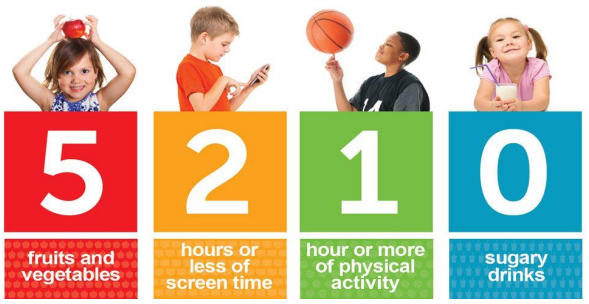The high level of overweight and obesity in children and young people is an area of particular concern. If we fail to act on overweight and obesity in children soon, this issue threatens to have a highly negative impact on health and quality of life and may overwhelm our healthcare systems in the near future. Today ( March 4th ) is celebrated as world obesity day to create awareness on this global epidemic with vast metabolic consequences.
Changes in the lifestyle are thought to be responsible for the increase in overweight and obesity seen across age groups. One influential factor is the eating patterns: what, how much and where we eat. Young people in India now consume more fast-food and substantial amounts of sugar-sweetened beverages, eat outside the home more frequently and spend less time eating family meals. Prepared and processed foods are more accessible than ever before and in larger portion sizes
Watching television and spending time on computers or gaming systems are now popular past times for children. “Screen time” or “being sedentary” are now recognised as independent risk factors for obesity.
Lack of physical activity- Pressure for academic performance have led to less time for physical education in schools, Perception of poor neighbourhood safety and increased screen time are other contributing factors
Covid 19 pandemic has resulted in a drastic increase in childhood obesity due to online classes, sedentary lifestyle, increased food intake
Obesity is defined as a condition of abnormal or excessive fat accumulation in adipose tissue, to the extent that health may be impaired.
Body mass index (BMI) uses height and weight measurements to estimate a person’s body fat. It can be plotted on a standard BMI chart.
| Weight for length as per WHO sex specific charts (<2years) | OVERWEIGHT | OBESE >/= 97th percentile | EXTREMELY OBESE |
| BMI percentiles as per revised CDC charts (2- 20years) | >/=85th to <95th | >/=95th | >/=120% of 95th or >/= 35kg/m2 |
| BMI as per IAP BMI charts (5- 18years) | >/=23 adult equivalent percentile: Boys-71st Girls-75th | >/=27 adult equivalent percentile: Boys-90th Girls-95th |
Overweight and obese kids are at risk for developing medical problems that affect their present and future health and quality of life, including:
Cardiovascular risk factors present in childhood (including high blood pressure, high cholesterol, and diabetes) can lead to serious medical problems like heart disease, heart failure, and stroke as adults. Preventing or treating overweight and obesity in kids may reduce the risk of developing cardiovascular disease as they get older.
Prevention is the BEST, but the following treatment modalities can be used-

9 Mins Read
Categories: Women & Children
Childhood and adolescent obesity – Emerging Global Epidemic is available for appointments. Please fill the below form to book an appointment.
Unlock the door to exceptional healthcare, book an appointment with SPARSH Hospital and let your journey to wellness begin.